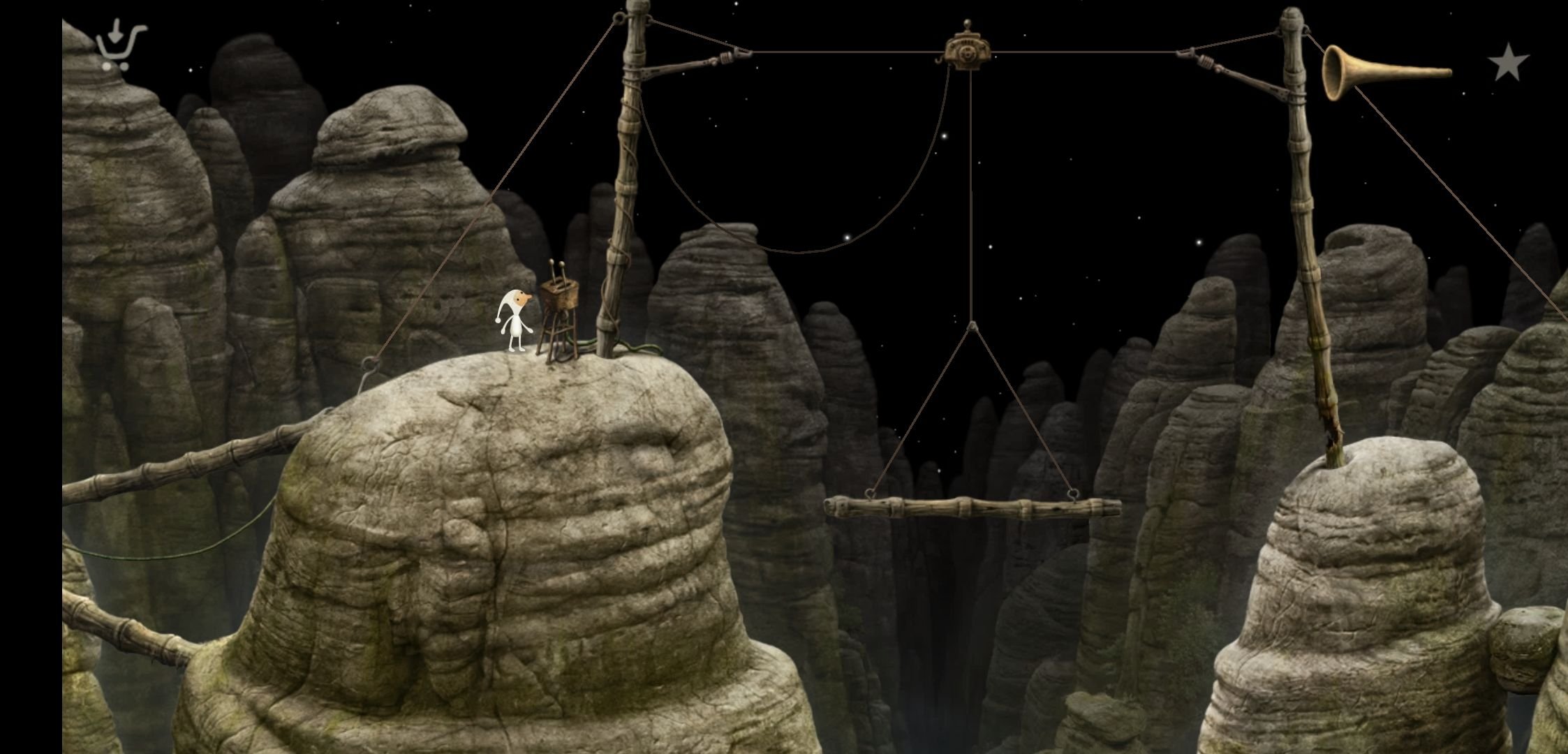

While it’s full of fun little things to click and play with and you will be smiling most of the time you spend in the game, the rest of the game you will probably spend thinking “okay now what” or “ugh, really?”. Samorost 3 is, sadly, another case of unbalancing. Botanicula, on the other hand, was almost perfect in how playful it was and yet, how you still solved puzzles to proceed. Machinarium, for example, was almost all about rather annoying puzzles with toy-like experience considerably lessened. Which, really, was still more of a fun experience to partake, rather than a game.īut after they started switching to doing the commercial releases things slightly changed. It was a simple Flash-based thing that was followed up by a slightly more “proper game”-like Samorost 2. Little things you click and pull and touch, which sing, dance, start strange sequences of events and etc. Original Samorost was what they excel at – something I tend to call “toybox design”, due to the fact that it wasn’t as much a game, as much as it was a little screen by screen world of interactions. It’s far from the first “proper” game by Amanita Design, but it’s the first “proper” game in Samorost series. With Samorost 3 things are quite curious. Then again, I did buy it not for a full price and it’s not like a vastly superior implementation of similar ideas doesn’t exist in Antichamber – the game that I highly recommend. Which is a shame, really, because the game ideas are fantastic and I’m not regretting that I played it.
Samorost 3 review movie#
And all the out of context audio quotes or documentary and movie segments feel like Jonathan Blow tried to make a game about a sample of himself, but painted the portrait in a way that feels a bit too flattering and pompous. So, instead of sense of wonder, you get annoyed the more of The Witness you play. Despite the fact that vast majority of puzzles cannot really be re-discovered and have a very clear set solution. And by the end, it starts outright hating the player by “challenging” them with completely random timed puzzles (and “random” means – actually random, including unsolvable configurations), epilepsy-inducing puzzles and puzzles that are exceptionally simple if you write them down, but “difficult” because of the perspective they’re presented in.Īnd even the “ending” of the game is a complete misunderstanding of itself – it just drops you right back at the beginning with all the puzzles switched back to unsolved. But at the same time, the game stretches the “puzzle” of finding the correct pixel perfect spot on the map to see the solution for a very long painful time, despite the fact that it never really iterates or changes. For example, there’s a really nice puzzle with sounds and tones that gets dropped almost immediately despite the potential.


While the game manages to keep up the magic and excitement of just finding and doing line drawing puzzles for a bit without any motivation apart from discovering more puzzles and doing them, it constantly shoots itself in the foot while trying to introduce “challenge” and clinging to bad ideas. An open island full of simple puzzles that can be approached and tried to be understood at any point.īut then the disaster strikes.

It’s a brilliant concept, constantly reinforced with fantastic art design, that makes your first hours with the game be of genuine joy of wonder. Of seeing patterns in simple things, finding new perspectives, understanding rules and acting upon it. What The Witness tries to achieve is the magic of exploration, of discovery. It does have an influence, Myst coming to mind, but it does things very differently. Where Braid tried to turn the Super Mario-like platforming into a logical puzzle, The Witness is a first person exploration game about drawing lines. Jonathan Blow’s The Witness is a game that, unlike his previous hit Braid, tries to be even more simplistic in it’s approach. Flawed at the execution of the key ideas they aim to shine at. That is, apart from me playing them one after the other and not feeling like making separate posts. It might seem strange for me to pair these two quite different adventure/exploration/puzzle games into one post, but there’s a good reason for that, I feel.


 0 kommentar(er)
0 kommentar(er)
